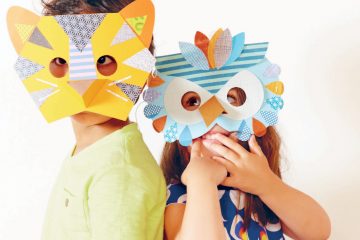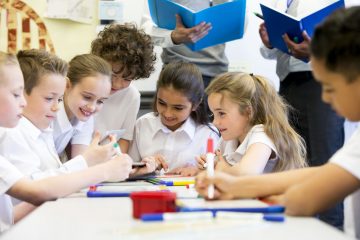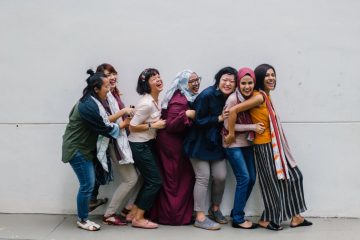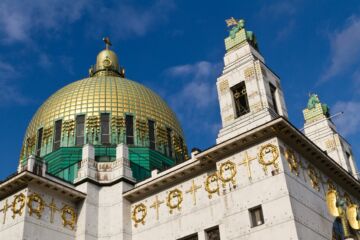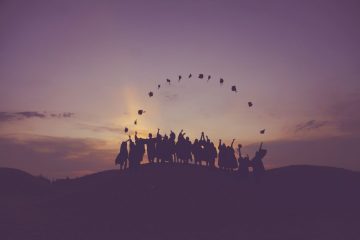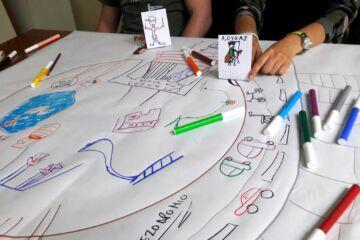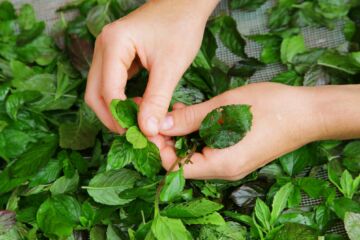About the Training Centre in Vienna
All our teacher training courses in Vienna will take place either in the Morning (9.00-13.45) or in the Afternoon (14.00-18.45) depending on classroom and trainer availability.
We are located in:
- Dialogica Akademie – Favoritenstraße 111, 1100, Wien
- Deutsch Akademie Wien – Opernring 1, 1010, Wien
Organization’s Fiscal Data
ΟΙD: E10333773
Kentro Xenon Glosson (EUROPASS ACADEMY ATHENA)
Address: El. Venizelou ave 78, Kallithea 17676, Athens, Greece
VAT: 802077930
EUID: ELGEMI.169491012000
Responsible Person (name, function, e-mail, tel):
Dr. Ambra Falabella, Director of Europass SRL Office and Courses Operations
Email: teacheracademy@europassnetwork.eu
Phone: +39 055 1997 3220
Our Cultural Activities
A Vienna Flexi Pass is included in the price of each Erasmus course in Vienna:
- Free access to one museum
- A Vienna HOP-ON HOP-OFF tour
Further information on our activities will be provided after the confirmation of the course.
Best Things to Do in Vienna

Once forming part of the Holy Roman Empire, next the Austro-Hungarian, to “Greater” Germany during WWII, and finally, again the capital of sovereign Austria, Vienna’s history is rich, and complex, and can still be observed today.
Step into their fascinating past by walking the Ringstraße (the Vienna Ring Road) dating back to 1857 and built upon old medieval fortifications, which circulates and connects the city’s historic center to the suburbs and is still the primary route of transport today. Here lies much of Vienna’s imperial architecture, grand monuments, and parks.
1) Schönbrunn Palace

The Palace of Schönbrunn, translated to “beautiful spring”, is the former summer residence of the Habsburg dynasty and one of the most monumental palaces in all of Austria. Beginning its construction in the mid-16th century, this impressive complex was once dedicated to a hunting and recreation ground, then remodeled-1750 under Empress Maria Teresa’s reign. The palace attractions are numerous including Tiergarten zoo, staterooms, a carriage museum, and the Schönbrunn labyrinth in the Great Parterre.
Explore the vast garden space (Great Parterre) displaying neatly curated lawns, landscaped flowerbeds, 32 sculptures, the Neptune fountain, the triumphal Gloriette arch, and Roman ruins.
2) Historic center
The historic center of Vienna is the beating heart of the city, this UNESCO World Heritage site is filled with Baroque castles, magnificent gardens, and buildings of incredible architectural value and is encircled by the Ringstraße.
3) The Hofburg
Once the epicenter of Vienna, during the Austro-Hungarian empire, this 13th-century ornate palace must be seen to be believed, having claim to being one of the biggest palace complexes in the world. Formerly the winter residence of the Habsburg dynasty and sister palace to the Schönbrunn, this palace is comprised of many opulent buildings open to the public.
Here you can marvel at the Silver Collection (Silberkammer), the Sisi Museum (detailing the life of Empress Elisabeth, the Imperial Treasury (Schatzkammer), and crown jewels, alongside the Neue Burg wing (which itself hosts many attractions) to name a few! Don’t forget to wander through the lush Burggarten park grounds behind the Neue Burg, where you can find the iconic Mozart monument.
4) Rathaus (Vienna City Hall)

Constructed in the 1800s, the Neo-Gothic Rathaus is another proud centerpiece attesting to the grandeur of Viennese architecture. This Town Hall now serves as the head of municipal administration, contains ornate staterooms, and hosts press conferences, concerts, and balls.
5) Palmenhaus
Possibly one of the world’s grandest greenhouses (stretching more than 22,000 square feet!), the Palmenhaus awaits you in the aforementioned Burggarten park, of the Hofburg palace. Built between 1823-26 and located very centrally, this neoclassical building now serves as a café, bar, and lounge where people can dine on Austrian delicacies amidst exotic greenery and a relaxing ambiance.
6) Museum Quartier
For an immersive cultural and artistic experience, a visit to this district is essential. The ‘MQ’ is the largest contemporary art collection in the world: primarily home to the Leopold Museum, Mumok (museum of modern art), and Kunsthalle Austrian Architecture Museum. The complex is certainly comprehensive and may require a day’s dedication, but within you’ll be able to reenergize at one of the many trendy bars, cafes, and restaurants it has to offer.
7) Belvedere Palace

Home to the famous painting ‘The Kiss’ by Vienna’s own Gustave Klimt, this complex contains two Baroque palaces (upper and lower), art museums displaying international exhibitions, unmissable views of the cityscape, and even more grand gardens. Tiered fountains, cascades, and Baroque sculptures, the Belvedere Palace is yet another testament to Vienna’s extensive history and the Habsburg dynasty.
8) Sigmund Freud Museum
Widely regarded as the ‘birthplace’ of psychoanalysis by the infamous Sigmund Freud, this museum documents the life and works of yet another iconic honorary Viennese figure. Packed with contemporary and stimulating exhibitions, installations, and a library, enter the mind of Freud and learn about his lasting prominence in Vienna.
9) Naschmarkt
A visit to Vienna is not complete without experiencing the buzz of the Naschmarkt, an open-air market constructed in the 16th century with around 120 stands, and still widely participated by locals today with many fruits and vegetable vendors. Here you can try different traditional Austrian cheeses, wine, and sausages but also a range of multi-ethnic delicacies, so come with a ready appetite!
10) St Stephen’s Cathedral

Dating back as far as 1137, this cathedral, in Romanesque and Gothic form, is recognized for its dramatic white limestone exterior, thirteen bells, and four grand towers. Adding to its grandeur; St. Stephen’s is distinguished by its multicolored tile roof, a mosaic of Vienna’s double-headed eagle symbolic of the Habsburg dynasty. Marvel at this unique cathedral from below or take a guided tour inside and explore the fascinating catacombs.
 ICT.1.AIC
ICT.1.AIC
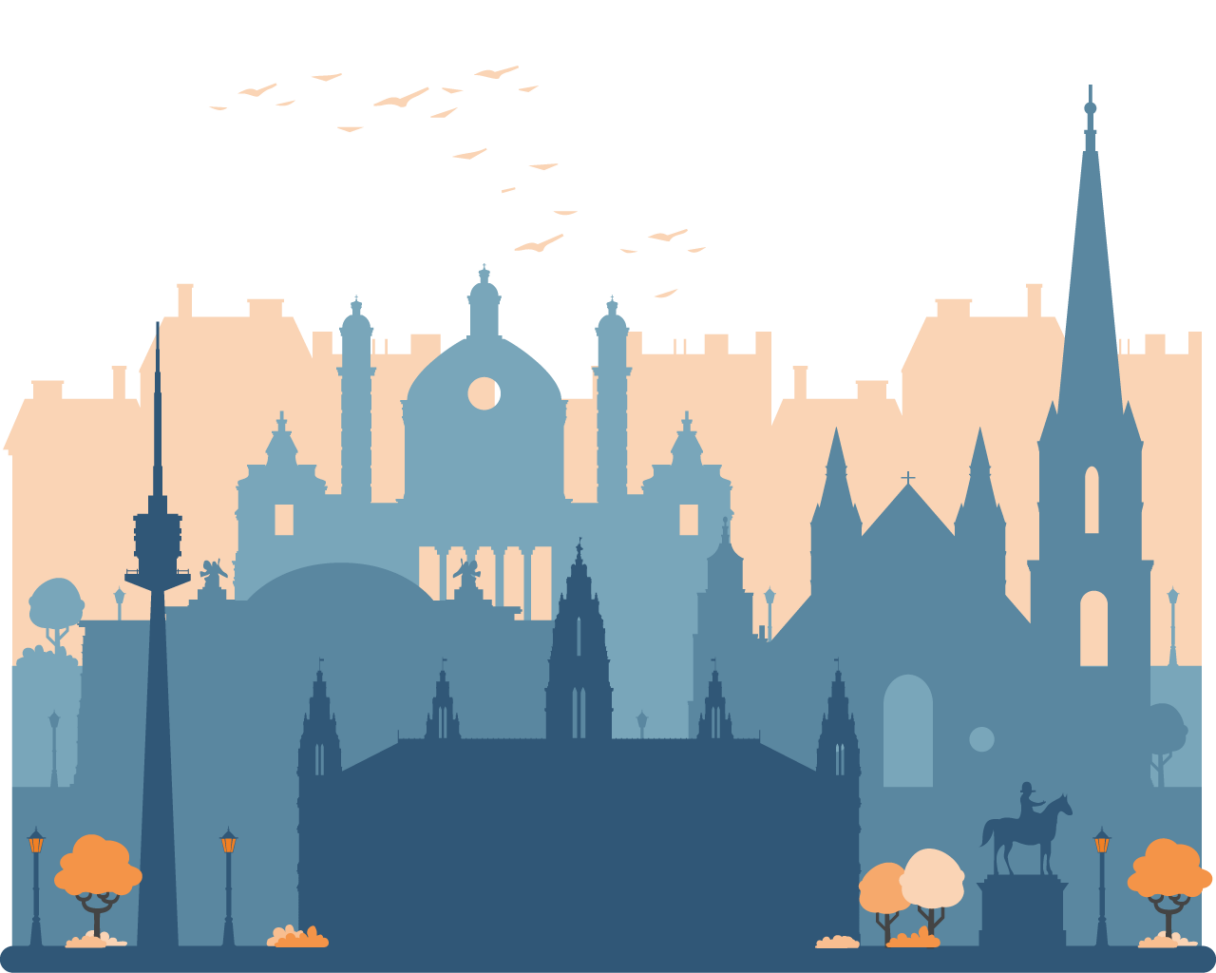
 Please wait, we're loading the information about the courses. It could take few seconds.
Please wait, we're loading the information about the courses. It could take few seconds.
